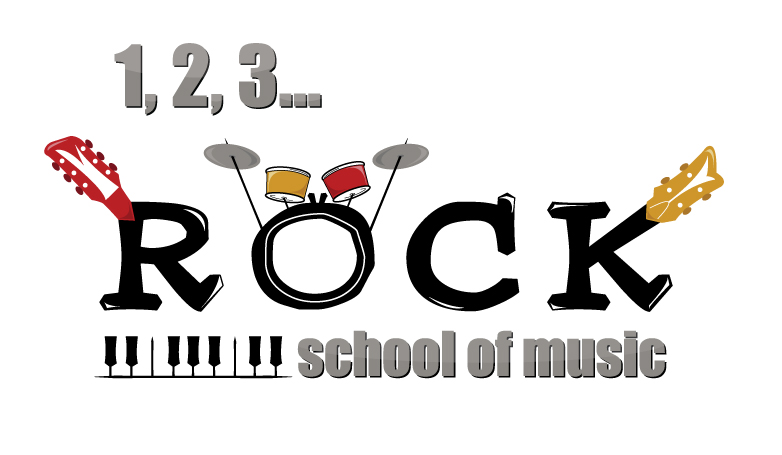Because sometimes your ears can change what your tongue tastes.
Picture this: you’re at a fancy dinner. The lights are low, candles flickering, and a delicate dessert is placed in front of you. A smooth jazz tune plays softly in the background. You take a bite — perfection.
Now imagine eating that same dessert… while blasting industrial metal. Tastes different, right?
That’s not your imagination. Music can actually affect how food tastes. And it’s not just about the vibe or setting — there’s real science behind it. Let’s dig in (pun intended).
-Friday, May 9
Your Brain Eats With Its Ears
Our senses don’t work in isolation. Sight, smell, taste, touch, and hearing all interact in the brain. This means that what you hear can change how you taste.
This phenomenon has been studied extensively by researchers like Charles Spence at Oxford University. He’s shown that certain types of music can enhance or shift your perception of flavor.
For instance, high-pitched, light, airy sounds tend to enhance sweet or sour flavors, while deep, low, heavy sounds can make foods taste more bitter or intense.
Yes — that means a slice of cheesecake might taste sweeter when paired with soft piano… and more acidic if you’re listening to glitchy electronic beats.
Real Experiments, Real Results
In one study, participants ate pieces of chocolate while listening to different types of music — same chocolate, different sounds.
The results? When they listened to low, bass-heavy music, the chocolate tasted more bitter. When the music was light and bright, it tasted sweeter.
Why? Because your brain uses all available information to create the “flavor experience.” Music influences your mood, your expectations, and even how you interpret what’s happening on your taste buds. Some high-end chefs have already caught onto this. They’re designing playlists for their dishes, crafting not just a meal — but a full sensory story.The trend is known as gastrophysics or sonic seasoning.
What Music Goes With What Food?
There are no hard rules, but based on research and food/music pairings, here are some fun suggestions:
- Jazz, bossa nova, or lo-fi beats → Great for desserts, wine, and light dishes. These sounds amplify sweetness and calm the brain.
- Classic rock or upbeat pop → Ideal for pizza, pasta, and casual meals. These genres boost appetite and bring feel-good vibes.
- Instrumental, ambient, or classical → Works well with sophisticated plates and slow dining. Enhances mindfulness and flavor awareness.
- Metal or punk → Surprisingly good with savory, umami-heavy, or spicy dishes. (Just maybe skip it for delicate foods.)
Many restaurants overlook the power of sound, but research shows that music can influence how fast we eat, how much we enjoy a dish, and even how much we’re willing to spend. So if the same burger tastes better with The Rolling Stones than with elevator music… that’s science, not snobbery. At home? Try it yourself. Listen to ambient music while sipping coffee, then switch to techno. Same drink, new vibe.
Flavor Isn’t Just On Your Tongue
It’s wild, but true: what you hear can change what you taste. Your brain mixes all your senses into a single experience — and music is a powerful ingredient in that recipe. So next time you eat, pair your plate with a playlist. Because a good song might just be the secret spice.

